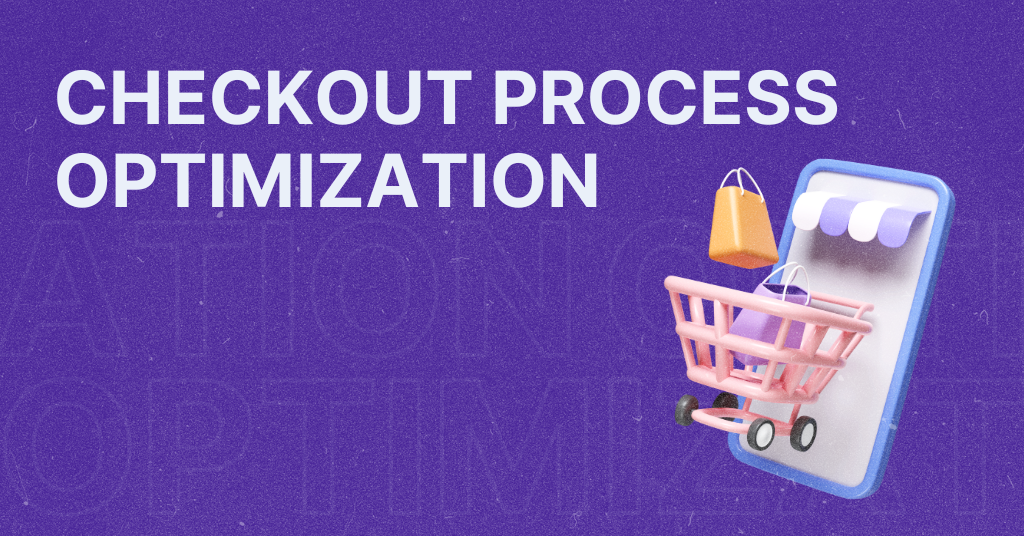
Mobile commerce advantages for your retail business
As the digital era has undoubtedly changed consumer behavior, every organization must adapt to these new market changes, no matter the size. Nowadays, mobile commerce has taken over online shopping as 72.9% of e-commerce is done on mobile, a trend that will continue to grow, as mobile commerce advantages will bring profit to any business. Nearly 3 out 4 dollars spent on online purchases are done through a mobile device.
A good thing is: the technology rapidly started improving, and the cost of making the transition to m-commerce dropped. So now mobile commerce is not reserved only for big players, but the smaller retail brands also can use this opportunity to drastically expand their customer base and stand out of the crowd.
If this sounds like an opportunity you shouldn’t miss, make sure to keep reading and quickly find out about mobile commerce advantages for your business.
What is mobile commerce?
Before we dive into it any further, let us remind ourselves what mobile commerce is.
Mobile commerce, also known as m-commerce, refers to direct online business activities through mobile devices, including purchasing and selling products or services, online banking and mobile payment. So, it is an excellent online shopping experience, with the additional advantage of being on a mobile device.
Mobile commerce does not require a mobile application, but it is highly recommended because it offers many opportunities for your customers. Before putting any energy into building an app, make sure your website is mobile-friendly and responsive to fit every screen size. Then, think about investing in the future of your e-commerce business by expanding to mobile commerce.
Why has mobile commerce become a popular business model?
While the answer is not that simple, mobile commerce has become a popular business model mainly because companies have recognized its benefits for customers.
Given the number of people currently using mobile devices, it is logical that companies need to adapt the shopping experience to a mobile store. Here are 3 main reasons users prefer to shop online via mobile apps and how those can benefit your business.
Available purchase from any location
Everyone has a smartphone in their pocket, and that is a reason why m-commerce has increased the accessibility of all goods and services and assured entire connectivity at any time and place.
Now customers do not have to travel to the store to buy goods or services or sit in front of a computer. Instead, they can quickly enter the app, look at what interests them and make their trade. This reduces the effort to purchase and often saves money and time.
You can easily connect the website to the app to sync them in real-time and don’t have to do double work updating the information, such as stocks, prices and discounts.
Engaging user experience
Today’s customers want to reach the desired products in a few clicks (or touches on the screen), so you need a fast, convenient, and interactive mobile app. Users also tend to share their new items with friends and make recommendations based on their satisfaction. Therefore, offering a smooth user experience is essential to attract new customers and engage them to buy again.
Studies have shown that users prefer mobile apps over websites because of enhanced user experience.
This is not only because mobile applications are 1.5 times faster when loading data and the checkout process is less than 5 seconds, but also because apps offer better personalization. As a result, they allow customers to browse and buy items quicker on their mobile devices.
Personalized purchasing
An e-commerce app interface rearranges according to visitors’ previous purchases and interests, which is why customers are willing to pay more for a personalized user experience.
Some features that provide more effective personalization are:
- Location tracking via GPS
- Push notifications
Location tracking not only allows you to help your customers navigate the app but helps them discover nearby stores. Therefore, when a user installs your application, you can send location-based push notifications and increase your conversions and sales.
Research says push notifications provide an average open rate of 20%, while emails have an open rate of less than 2%. Also, unlike an email, a push notification is harder to ignore. Therefore, users are more likely to tap on a message, especially if it contains a “Discount” word inside a text.
What are the challenges m-commerce faces?
Customers always expect the same with every e-commerce entity they come across. So, like many other e-commerce websites already adapting to mobile commerce, here are 3 major challenges m-commerce face today.
Security
Users are paranoid about their data when shopping in the virtual world. The main reason why mobile commerce is still not as widespread as conventional e-commerce is the lack of security, especially when it comes to mobile payments. With options such as virtual wallets, this risk has been mitigated to some extent.
Screen size
While it may sound contradictory to the growing popularity of mobile devices, many users find the small screen of a mobile device a nuisance. This can be a challenge when it comes to providing customized service.
In addition, maintaining consistency across different channels that are becoming increasingly innovative can be a challenge. In addition, the content on the website should also be clear. With smaller screens, images and content should convey the message effectively and entice the customer to buy any item.
Future-proof
Although you plan to create a responsive mobile website, make sure you build it according to your future business expansion plans. In addition, modify websites for new platforms such as smart TVs, smartwatches, game consoles, etc.
What are the costs of building a mobile application?
As we said in the text above, the application’s interface design is as important as its functionality when it comes to e-commerce applications. Keep in mind that costs can vary depending on the built-in features, but standard app development prices range from $2,000 to $30,000. Even so, some applications may cost up to $500.000, but you will need no near that budget to start and grow an m-commerce business. If you want to know the specifics, you can read in more detail how much does it cost to maintain an app.
Mobile apps maximize Return On Investment (ROI)
According to Eventya, smartphone users see 4.2x more products with mobile applications than websites per session. This leads to 3x higher conversion rates for apps, speeding up the ROI.
Another research shows that 67% of people say they are more likely to shop on a mobile e-commerce site than a non-mobile site. So when you fulfill your customers’ needs, they will likely recommend you to their friends who also desire the same shopping experience.
Recommendations are a powerful tool to increase sales, but your products should also speak for themselves.
If the customer is delighted with the purchase of your product but also with the shopping experience, that would be free marketing for you. In fact, ordering from a single customer could actually give you back the time and money you invested in upgrading your brand.
Do you need help growing your business?
Growing e-commerce is hard, but we are here to help you achieve success. So take your opportunity to book a completely FREE 30-min session with our expert, tell us about your company and find out how you can start earning more in 2 weeks. Let’s talk!
Let’s book a 30-min mobile strategy session and give your shop a boost.
Let’s book a 30-min mobile strategy session and give your shop a boost.


